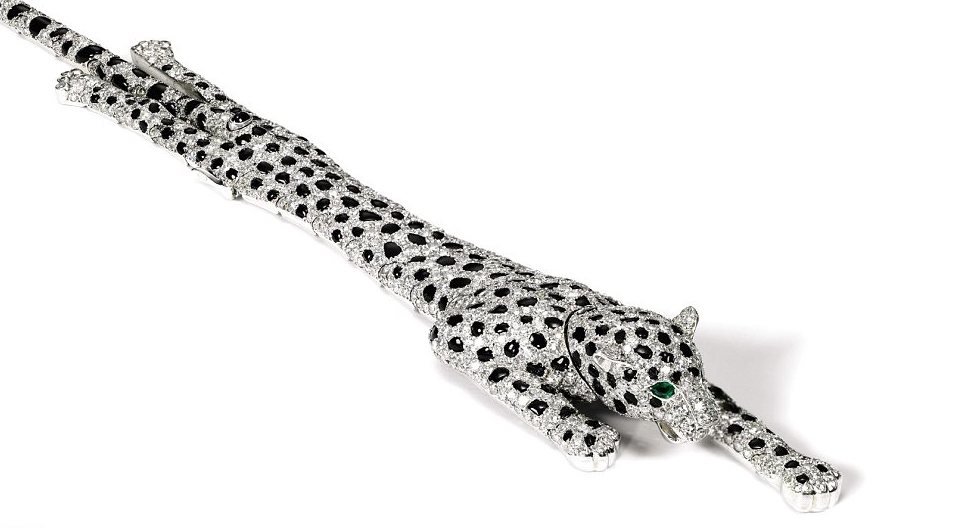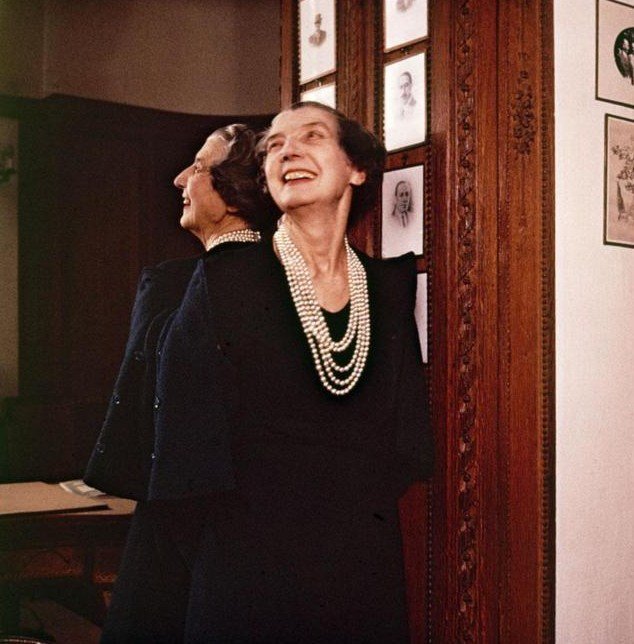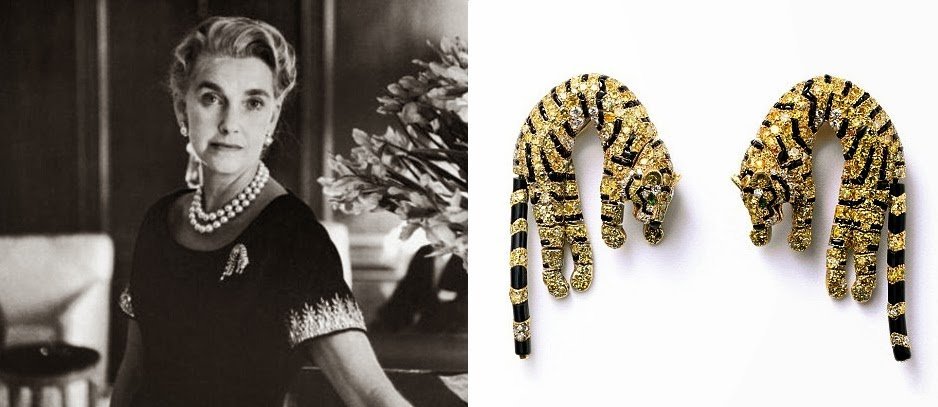CARTIER'S WILD SIDE: JEANNE TOUSSAINT AND PANTHERS
When we think of firmly established luxury houses and their signature pieces (Hermes and the Kelly bag, Saint Laurent and Le Smoking, Louis Vuitton and luggage), they have become so ubiquitous that we tend to forget how revolutionary they were in their own right in their day.
Cartier had become the ‘jeweller of kings’ thanks to its innovative approach in creating super light, bright settings in platinum for the flood of newly mined diamonds emerging from South Africa. But the firm may not have had the impetus to remain at the forefront of revolutionary jewellery design had it not been for the fiery Jeanne Toussaint, their directrice of fine jewellery from 1933 until her retirement in 1970. She was fiercely stylish, full of life, colour and imagination and was responsible for making the jewelled panther motif synonymous with the Cartier firm.
Jeanne was great friends with Coco Chanel and the two of them shared similarities. She was born in 1887 in Charleroi- not much is known about her early life other than it was difficult, like Chanel’s. Like Chanel, she ran off to Paris where she had a series of rich, influential lovers. The taste of both women was exotic and they both revelled in the new found freedom of women of the 1920s. Jeanne was fascinated by animals, in particular the panther- she was one of the first women in Paris to wear a full length panther coat and her apartment was known to be strewn with panther skins, paintings and prints.
Sometime towards the end of the First World War Jeanne met and began a long, passionate affair with Louis Cartier, one of the golden trinity of siblings who had helped shape the firm. Fascinated by her taste and joie de vivre, he immediately hired to oversee the company’s accessories despite her inability to draw. But she had vision and Louis educated her, teaching her about precious stones and the importance of settings. The panther began to make appearances in Cartier’s designs, first in the Panther wristwatch (the wristwatch was Louis’ invention), then in jewelled compacts and cigarette cases. Louis was already overseeing Cartier’s transition from the Garland style into Art Deco and probably relied heavily on Jeanne’s taste. She accompanied him to India, which he had been visiting since the 1910s, cultivating his relationships with the rich Maharajas. Inspired by the colour of the gems and the gold, she urged the designers at the firm to return to yellow gold after a predominance of platinum settings which had lasted over 30 years.
In 1933 Jeanne was appointed head of fine jewellery, overseeing every aspect of jewellery design. She was a critical and exacting taskmaster; technical problems were of no concern to her and she got the results she wanted. The firm’s most exciting pieces and commissions of the 1930s were produced under her direction. The jewels now known as Tutti Frutti, inspired by India and colour, heralded a new language for Cartier. The epitome of this style was the fantastic sapphire, emerald and ruby necklace created for Daisy Fellowes, who was frequently mentioned in the best dressed lists.
Jeanne’s very free spirit got her into severe trouble during the Second World War. When the Germans occupied Paris, she designed a small jewelled bird in a cage, representing the French nation. She created an elaborate display in the Cartier window in Paris around this theme and was imprisoned by the Nazis for her efforts. She was only released due to the influence of Coco Chanel.
It was only after the war that her jewelled menagerie was set loose on Cartier. She was always sending designers and artists off to the zoo to sketch birds and cats for inspiration. In 1948 she created the first Panther jewel proper, a brooch for the Duchess of Windsor consisting of a gold and enamel panther reclining on a large cabochon emerald (She had already been the vision for the famous flamingo brooch commissioned by the Windsors in 1940). The piece was a success and they went on to order some of the most important panther jewellery ever made by Cartier. The great exotic cat jewels now materialised in enamels, sapphires, emeralds and white and yellow diamonds. They were acquired by some of the great collectors of the day, including the already mentioned Daisy Fellowes, the Woolworth heiress Barbara Hutton and Princess Nina Aga Khan. As the panther became synonymous with Cartier, it made its appearance on everything from handbag clasps to scent bottles.
The Duchess of Windsor and the coloured flamingo brooch made for her in 1940.
Barbara Hutton and the yellow diamond panther clips made for her by Cartier.
Louis Cartier died in 1942, having remained close to Jeanne until his death. She was to remain at the firm for another 28 years until her retirement in 1970. It is a testament to her creativity that she remained at Cartier even after the company had passed from the hands of the family in the 1960s, and her influence on the Cartier legacy is still very much in play today.






